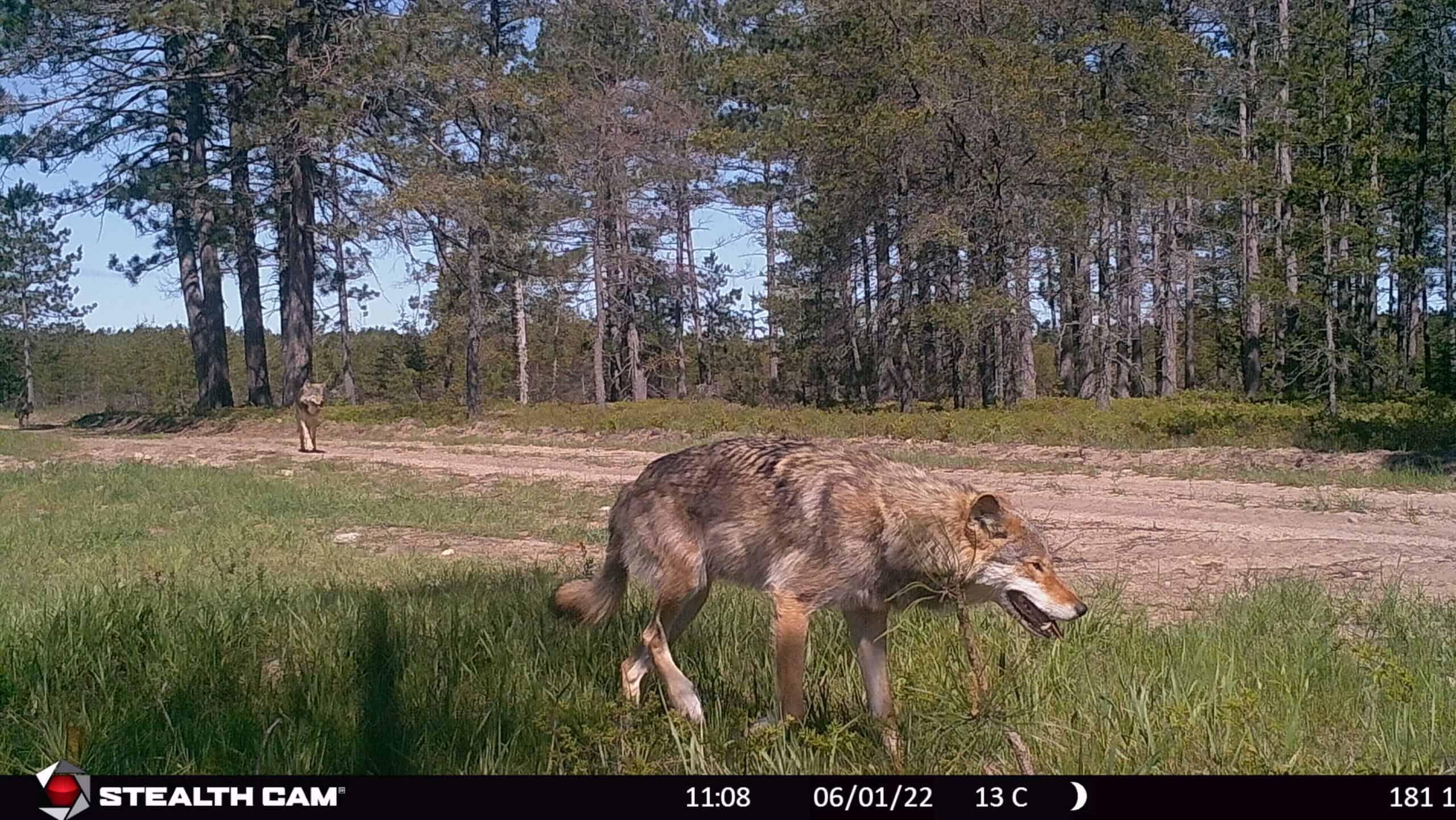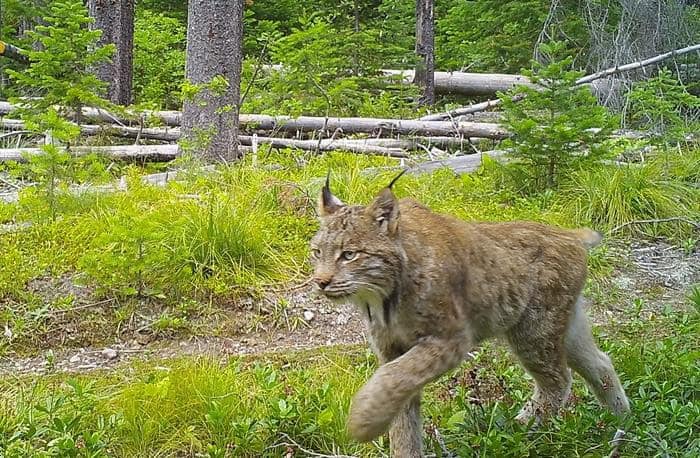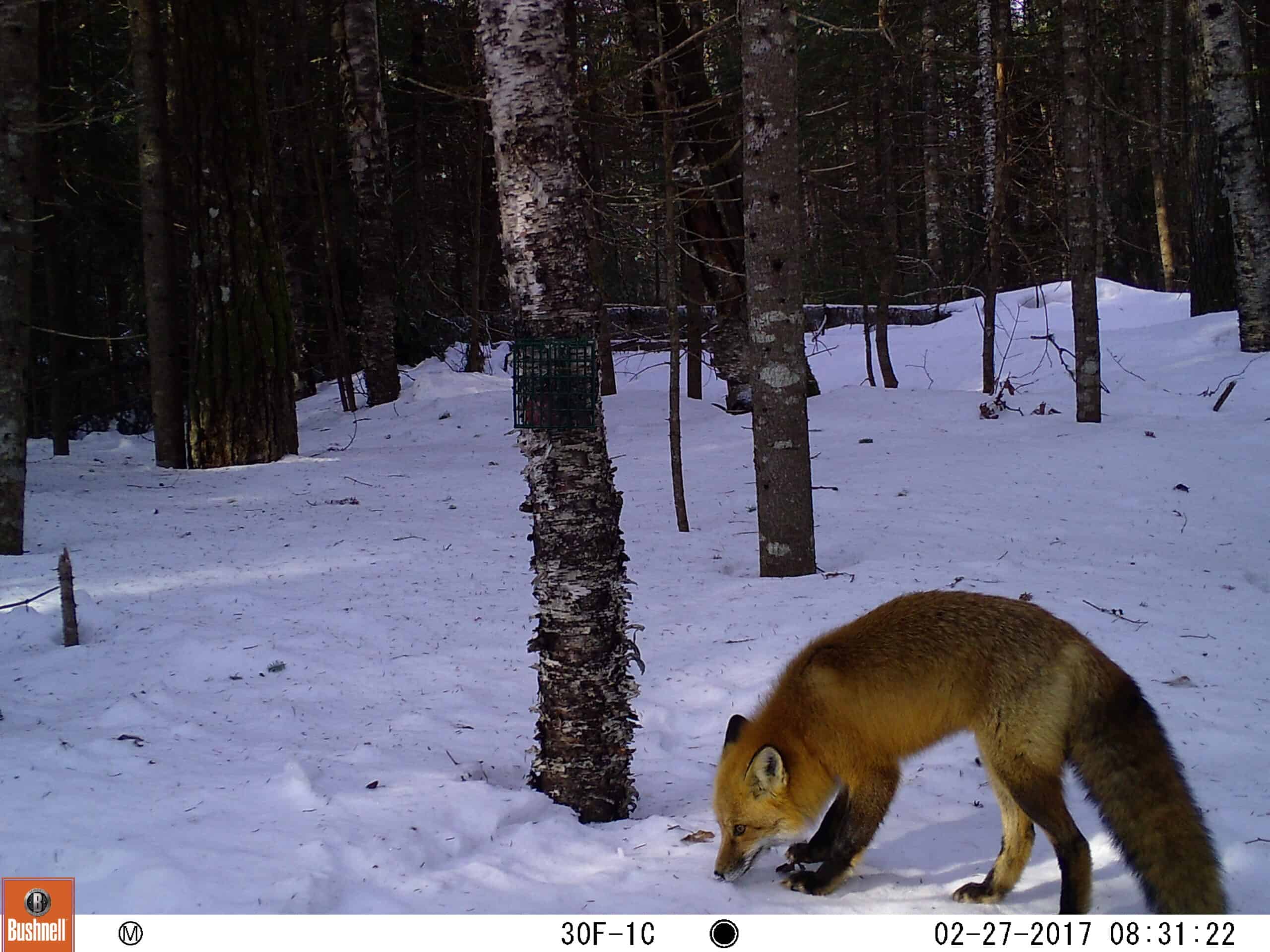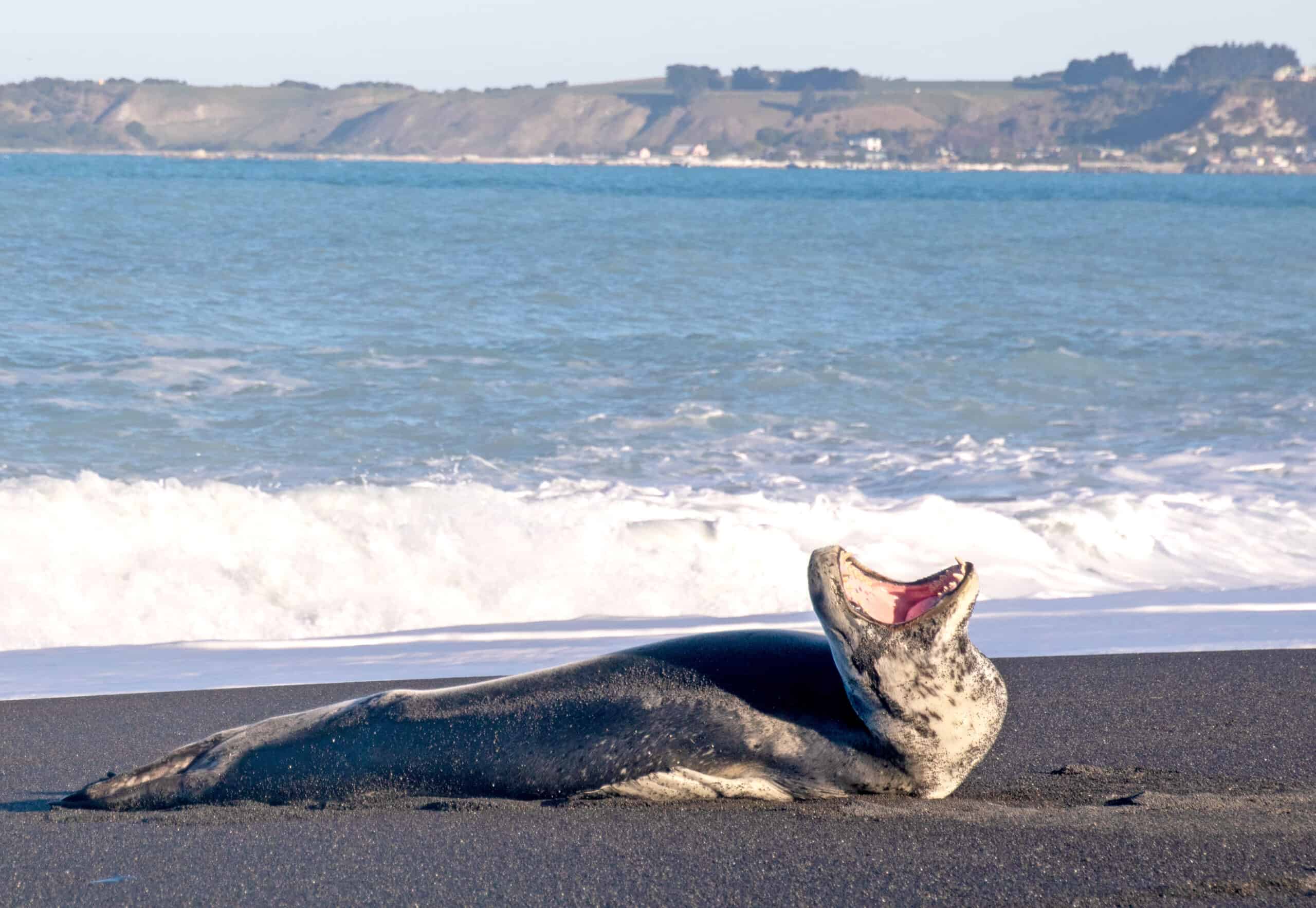Share this article
Wildlife Featured in this article
- Gray wolf
Great Lakes wolves resilient to climate, land use change
Researchers examined projected changes in climate and socioeconomic models in Michigan, Wisconsin and Minnesota
Wolf range in the Great Lakes region is unlikely to be negatively affected by projected human land use and climate change in the U.S. Great Lakes region.
“[The Great Lakes] wolf population is a good example of a conservation success story in the United States,” said TWS member Merijn van den Bosch, who received his PhD at Michigan State University investigating the spatial ecology of gray wolves.
While gray wolf (Canis lupus) populations have been expanding in the Great Lakes over the last four decades, van den Bosch and his colleagues wondered whether this success would last in the future.
For a study published recently in Ecosphere, they examined winter tracking surveys from the Great Lakes states that currently share a wolf population: Michigan, Wisconsin and Minnesota. The team collected data during the winters from 2017 to 2020 from surveys coordinated by the departments of natural resources of these three states.
Changing climate and development
The team then used future climate change prediction scenarios by the end of the 21st century: two in which the world keeps the rise in average global warming at about 3 degrees Celsius by reducing greenhouse gas emissions, and two other less sustainable futures in which the average global temperature increases by up to 5 degrees Celsius.
The researchers also examined socioeconomic projections parallel to the climate change predictions for the Great Lakes states as a way of understanding predicted land use change through 2100. That included a look at how landscape composition may change, leading to increases or decreases in forested areas, areas used for agriculture, or urban areas. All of these changes can affect suitable wolf habitat.
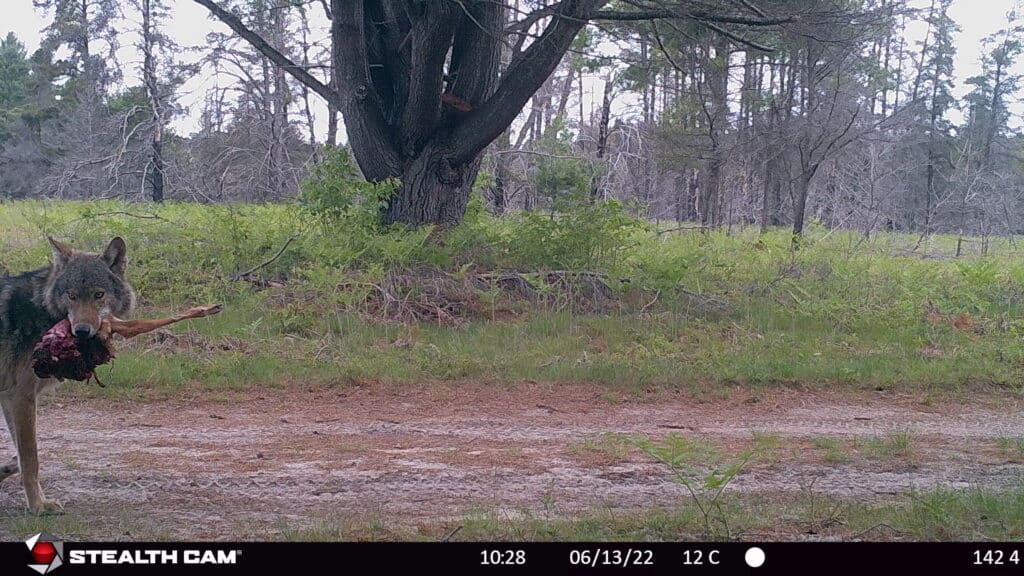
Resilient to change
The researchers found that wolf range in the Great Lakes region is likely to be resilient to both factors.
“Overall, it seems that wolf range in the Great Lakes is unlikely to be negatively affected by land use and climate,” van den Bosch said. In fact, under the most sustainable scenario, available wolf habitat may even expand by up to 35%, their models found, primarily due to increases in forest cover and decreases in areas used for agricultural activities.
Wolves aren’t particularly sensitive to climate, which may be one reason wolf habitat in the Great Lakes is expected to increase or at least remain stable—wolves are found in climates much warmer than the Great Lakes region.
“We expected that climate change throughout this century might not have a big impact when you consider where wolves live or have lived,” van den Bosch said, adding that today, they are found everywhere from India to the high Arctic.
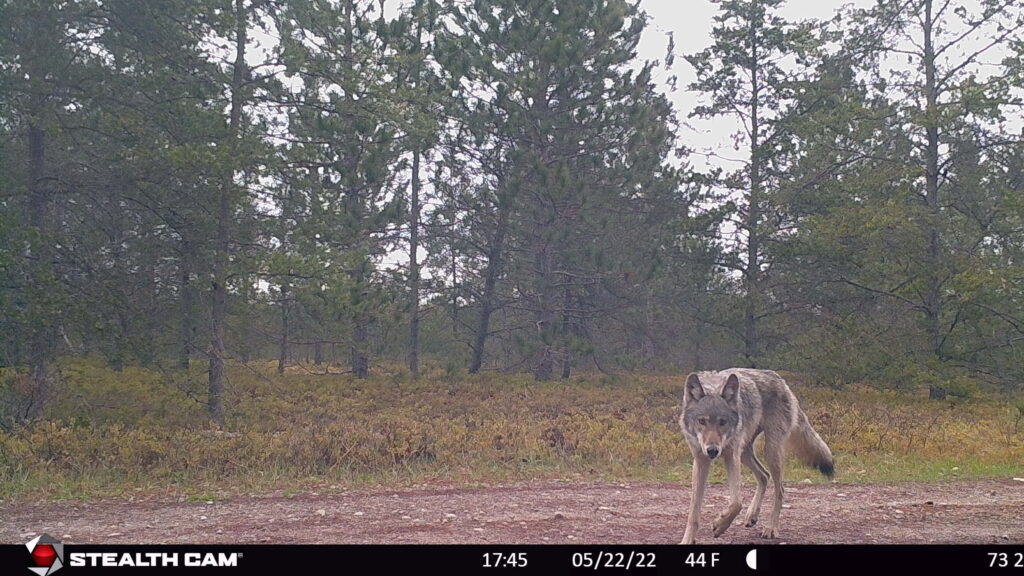
Land use change could restrict wolves in some areas due to increased agricultural activities and urban development, which not only provide less suitable habitat for wolves but also can form barriers to wolf movement. But overall, the land use changes predicted in parts of the Great Lakes won’t likely negatively affect wolves. Partly, this may be due to the projection that the amount of land used for agriculture may decline, resulting in increased forest cover.
Even in a less sustainable future where cities in those states increase up to 3%, no large losses of forest cover are expected in this region, and the amount of habitat available to wolves would remain stable. Van den Bosch said this worst-case scenario still isn’t that bad for wolves, as areas outside of cities that would be urbanized are already unsuitable for wolves, and 3% is a small fraction of the landscape.
These projections are parallel to the recent growth of wolves, which have far exceeded recovery targets set by the U.S. Fish and Wildlife Service when the species was listed under the U.S. Endangered Species Act in 1974, van den Bosch said. The current population of these three states is estimated at 4,200 wolves—far above the original recovery goals of 1,200 for Minnesota and 150 total for Wisconsin and Michigan. Great Lakes wolves now form the largest population in the contiguous U.S., he said.
Header Image: Gray wolf populations are expanding in Great Lakes states. Credit: Michigan State University/Michigan DNR



